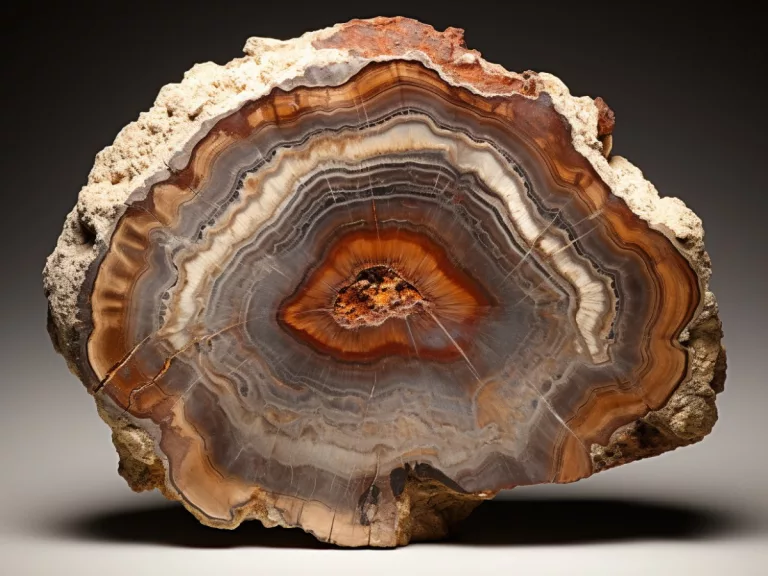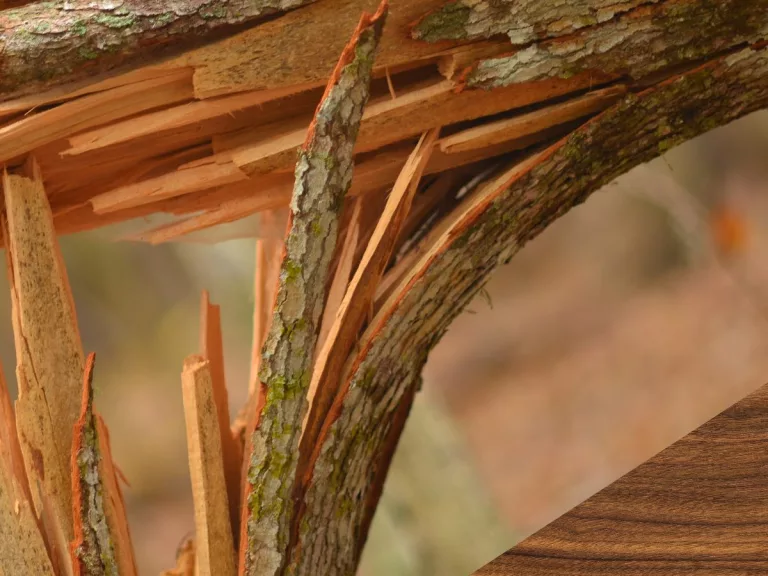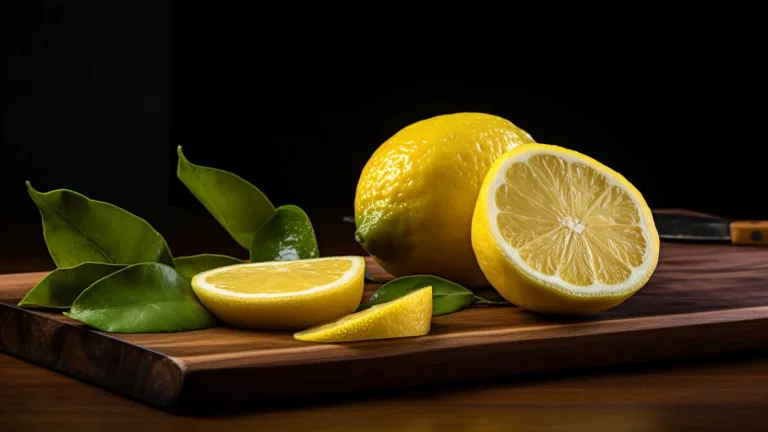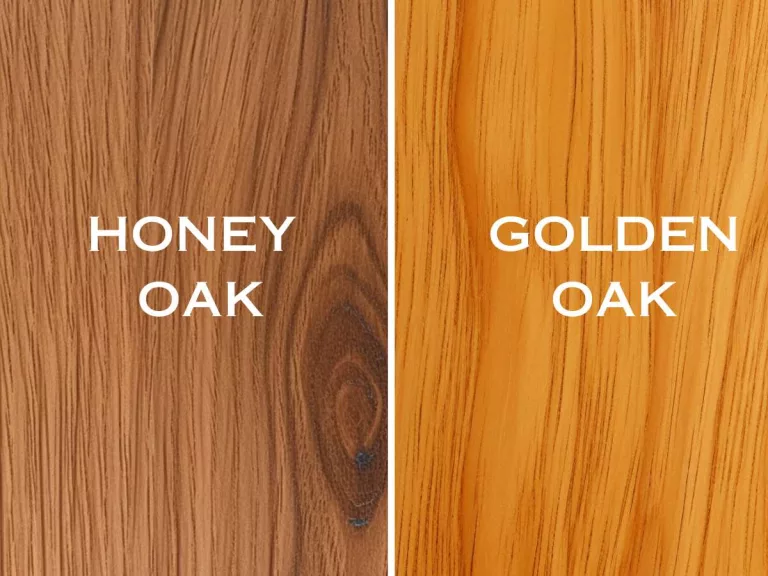Oak Wood vs Rosewood: Choices For Elegance and Strength
As a woodworker, the aspects of oak wood vs rosewood is more than just a technical decision; it’s about bringing a vision to life. Oak, with its robust character and timeless charm, has been a reliable companion in many of my projects, from sturdy furniture to elegant flooring. It’s like an old friend, dependable and familiar.
On the other hand, rosewood, with its luxurious hues and exquisite grain, is like a rare gem that transforms any piece into a work of art. This comparison between oak and rosewood isn’t just about their properties; it’s a journey through the essence of woodworking, where each wood type tells its own story and creates a unique emotional connection with the craft. Whether you’re a seasoned woodworker or a curious enthusiast, understanding these differences can help you choose the wood. And it will also resonate with your personal style and vision.
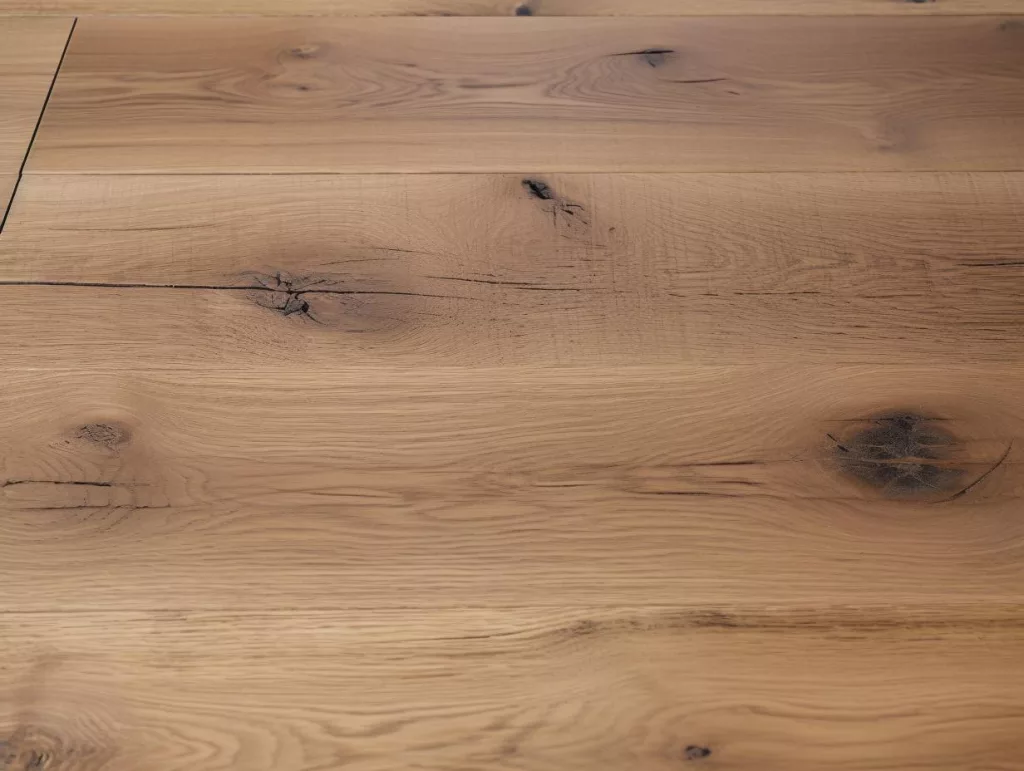
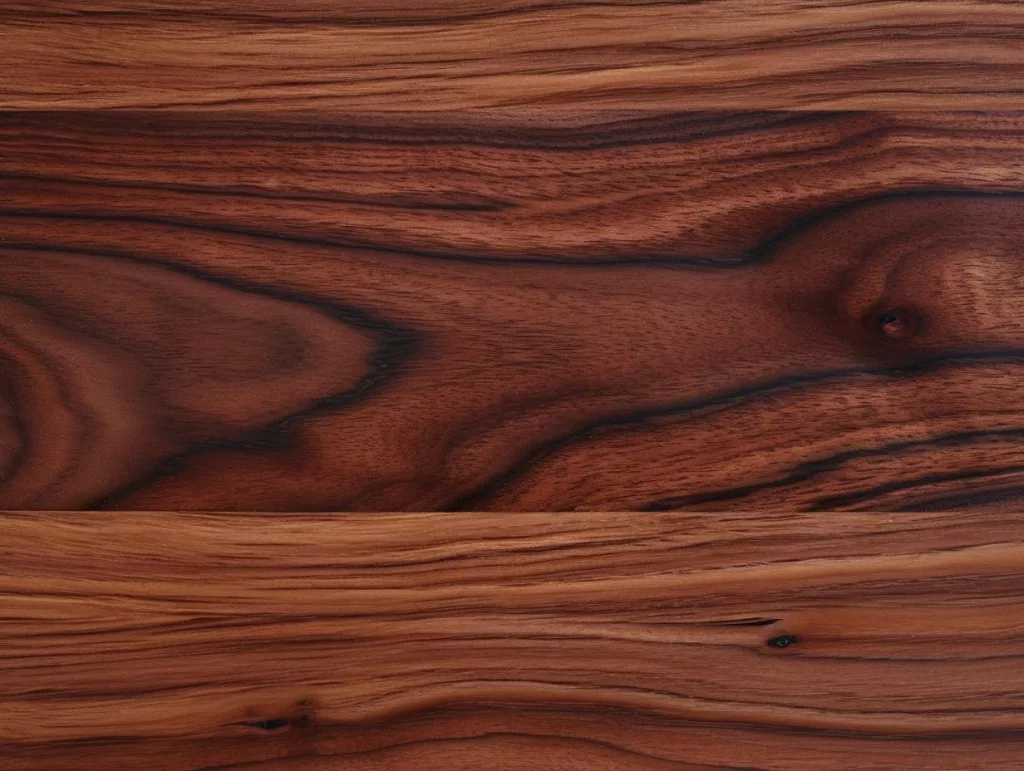
Differences
Scientific Names
Oak Trees
The genus for oak trees is Quercus. There are over 600 species of oak, and they fall under this genus. Some common examples include:
- Quercus robur (Common Oak or English Oak)
- Quercus alba (White Oak)
- Quercus rubra (Red Oak)
In my woodworking journey, oak and rosewood have distinct roles. Oak, with its strength and classic appeal, has been a staple for durable projects like a cherished family dining table. Its grain speaks of tradition and resilience.
Rosewood Trees
Rosewood is a common name for several richly hued timbers, often brownish with darker veining. The term “rosewood” is used for wood from different species, primarily from two genera:
Dalbergia: This genus includes several species known for their quality rosewood. For example, Dalbergia nigra (Brazilian Rosewood) and Dalbergia latifolia (Indian Rosewood).
Pterocarpus: This genus also includes species referred to as rosewoods, such as Pterocarpus indicus (Amboyna Rosewood) and Pterocarpus santalinus (Red Sandalwood, often called Red Rosewood).
Rosewood is the choice for luxury. Crafting a rosewood guitar highlighted its elegance and fine texture, perfect for pieces where detail and richness matter.
Botanical Characteristics
| Characteristic | Oak Trees | Rosewood Trees |
|---|---|---|
| Leaf | Lobed, various shapes, deciduous or evergreen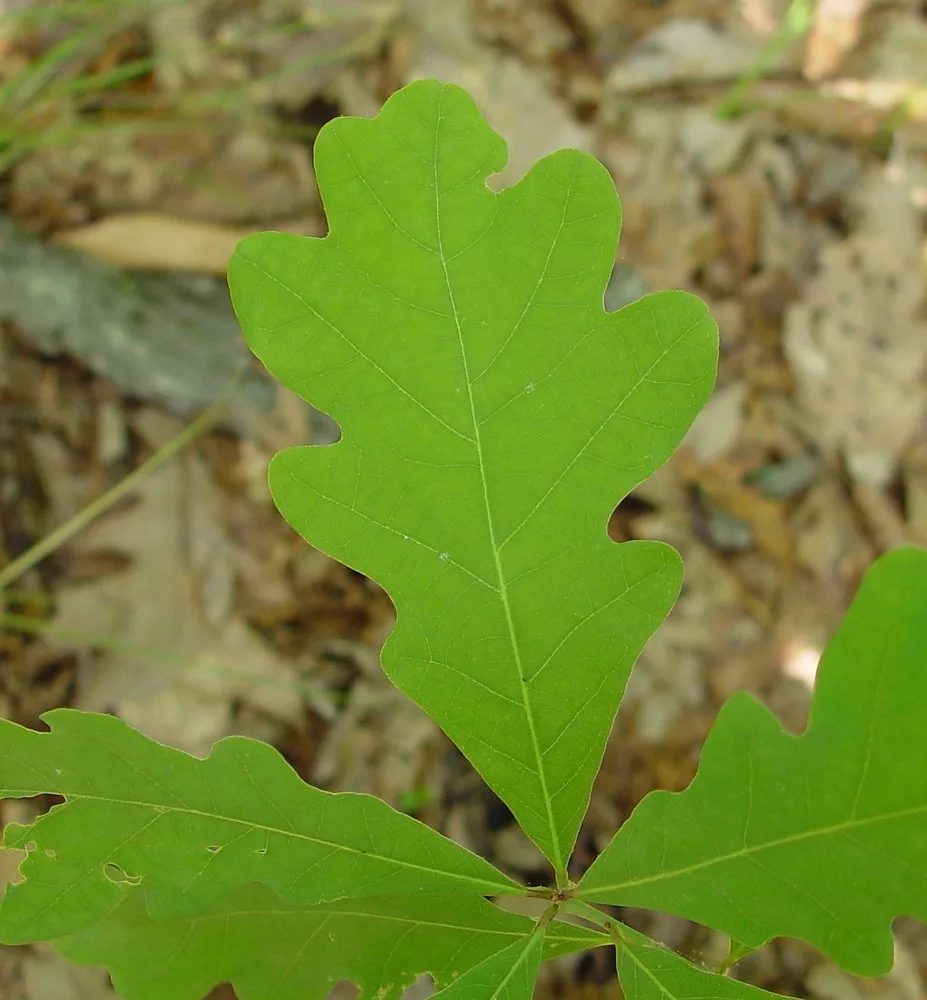 Image source: Arthur Haines | Compound, multiple leaflets, often evergreen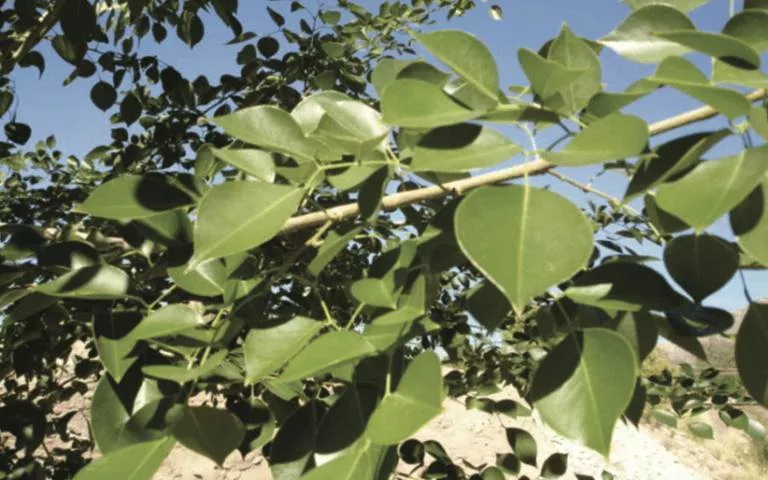 Image source: https://horticultureunlimited.com/ |
| Bark | Thick, rugged, often with deep fissures Image source: Arieh Tal | Varies, often dark and smooth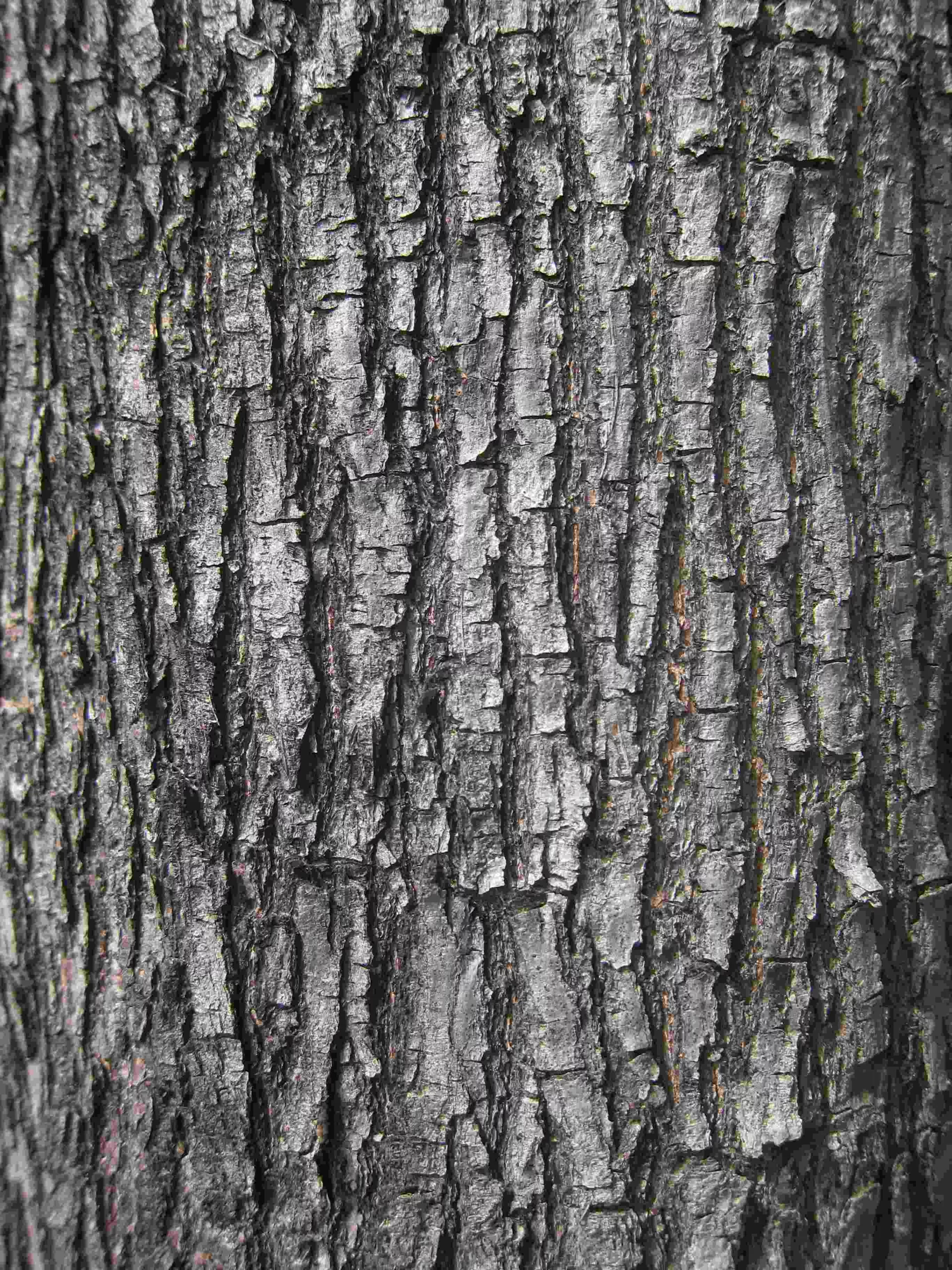 Image source: www.wikipedia.org |
| Fruit | Acorns, nuts with a hard shell and cap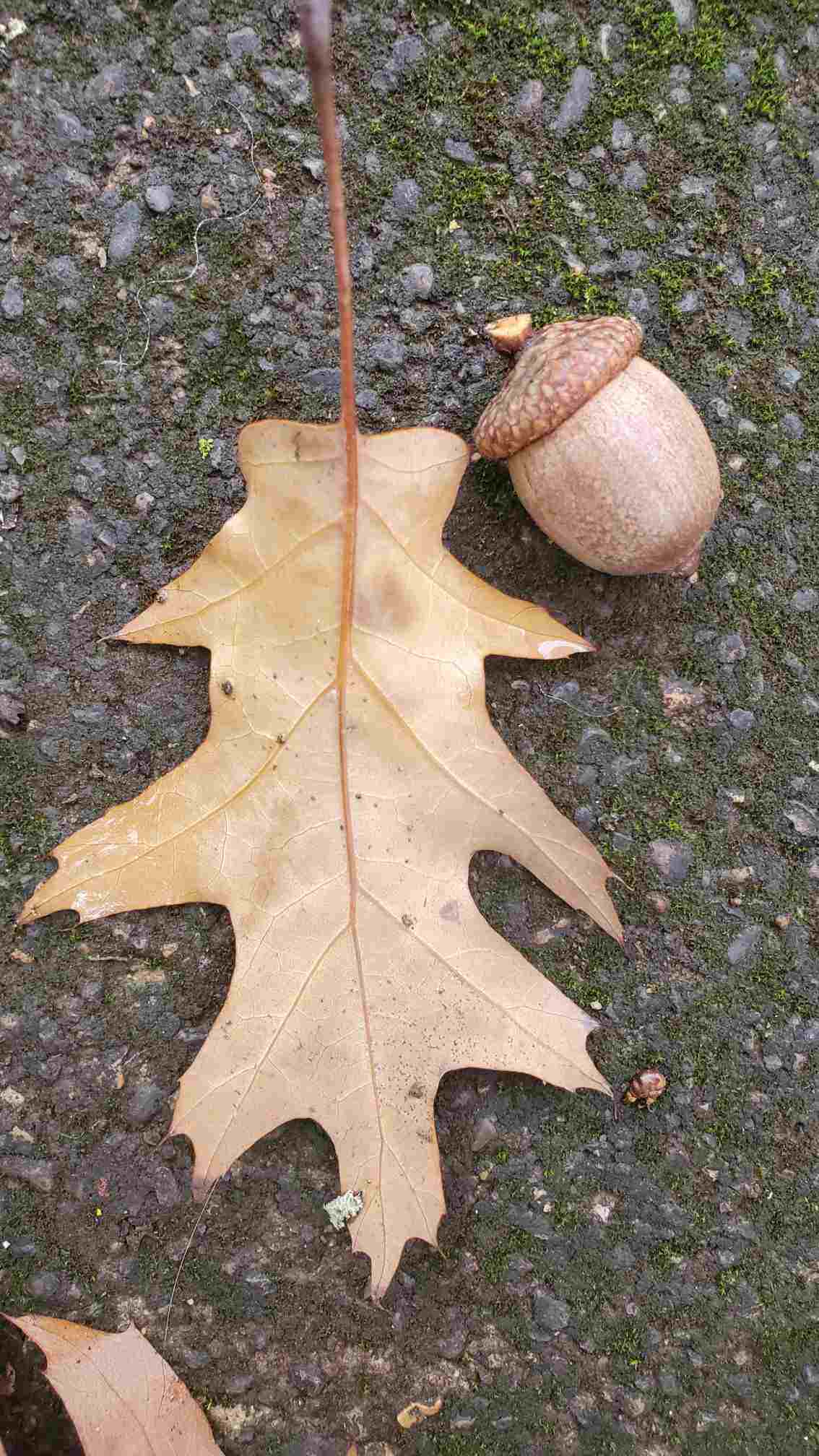 | Legume-type fruit, containing one or several seeds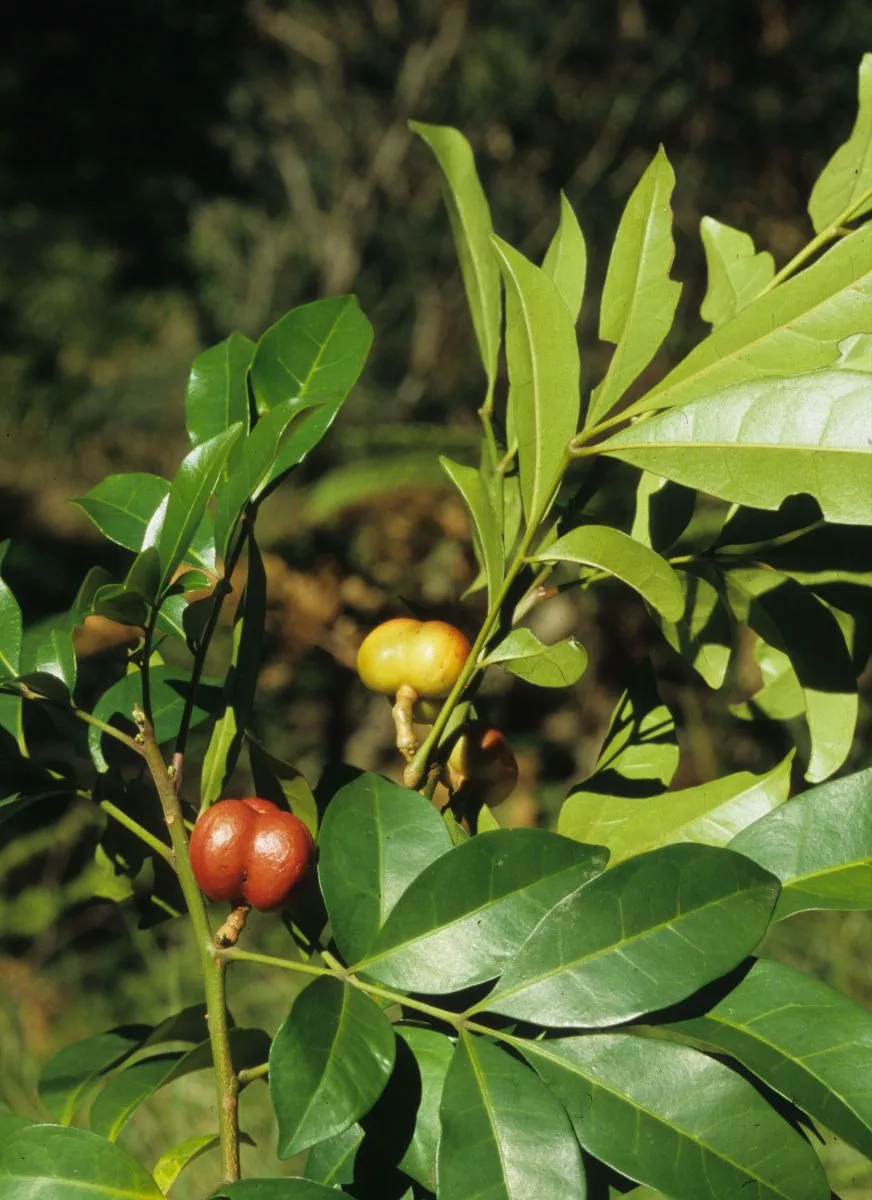 Image source: Australian Plants Society NSW |
| Height | 60 to 100 feet (varies by species)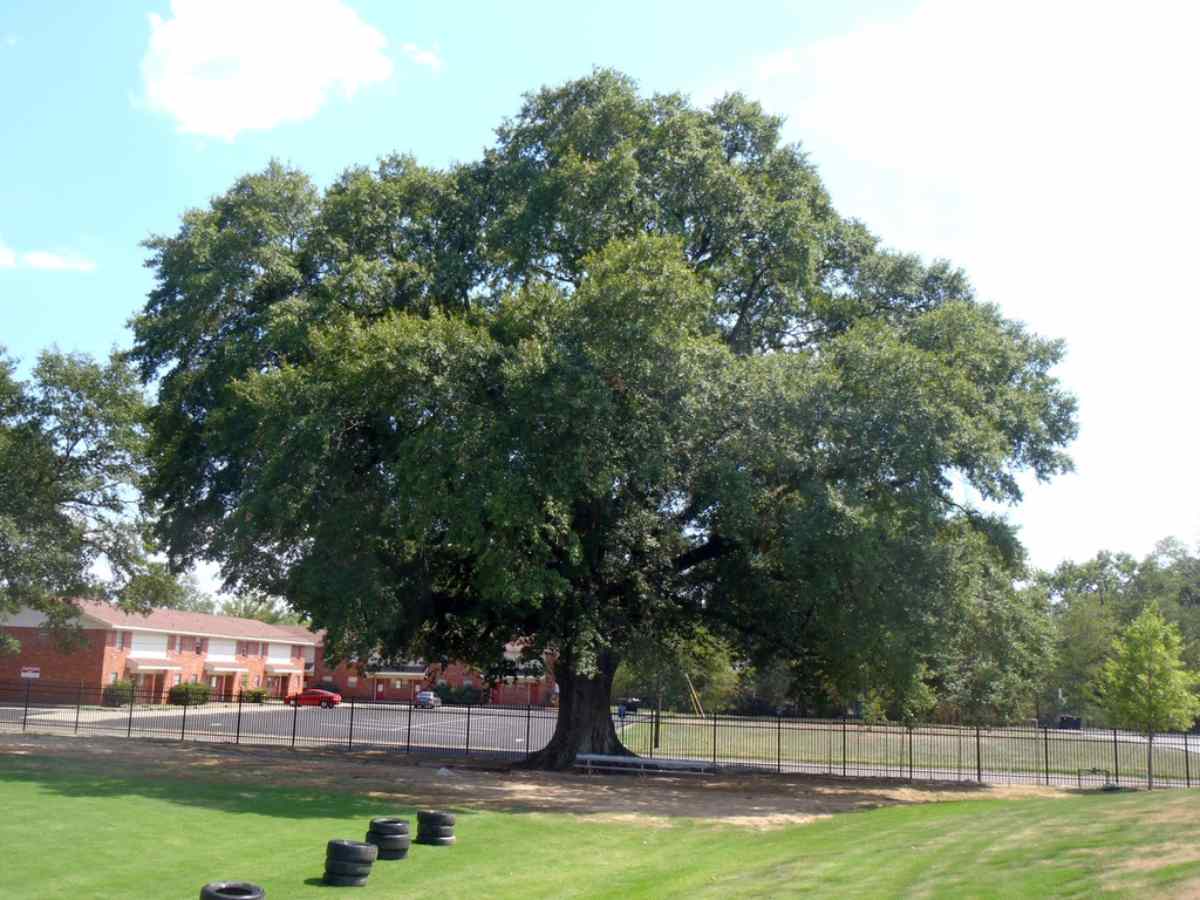 image from: North Carolina State University | 60 to 80 feet Image by By Vinayaraj |
| Growth | Slow to moderate rate | Moderate growth rate |
Woodworking Comparisons
| Characteristic | Oak Wood | Rosewood |
|---|---|---|
| Hardness | Hard, but less hard than rosewood | Extremely hard |
| Durability | Strong and durable, resistant to wear | Highly durable, resistant to scratches and dents |
| Workability | Relatively easy to work with, can blunt tools | Challenging due to density, tough on tools |
| Finishing | Glues, stains, and finishes well | Excellent polishing qualities, finishes beautifully |
| Uses | Furniture, flooring, cabinetry, outdoor applications | High-end furniture, musical instruments, decorative items |
| Cost | Generally less expensive | More expensive due to rarity and quality |
| Sustainability | More sustainable, widely available | Some species endangered, subject to trade restrictions |
| Janka Hardness Value (in lbf) | The lowest Janka hardness value among true oak species: Pin Oak (Quercus palustris), 1,220 pounds-force (lbf). Highest found in White Oak (Quercus alba), approximately 1,360 pounds-force (lbf). | Softer rosewoods is the Bolivian Rosewood (Machaerium scleroxylon), also known as Pau Ferro or Morado; 1,960 pounds-force (lbf). The Brazilian Rosewood (Dalbergia nigra) is often cited as having one of the highest Janka ratings among the rosewoods, rating is around 2,790 pounds-force (lbf). |
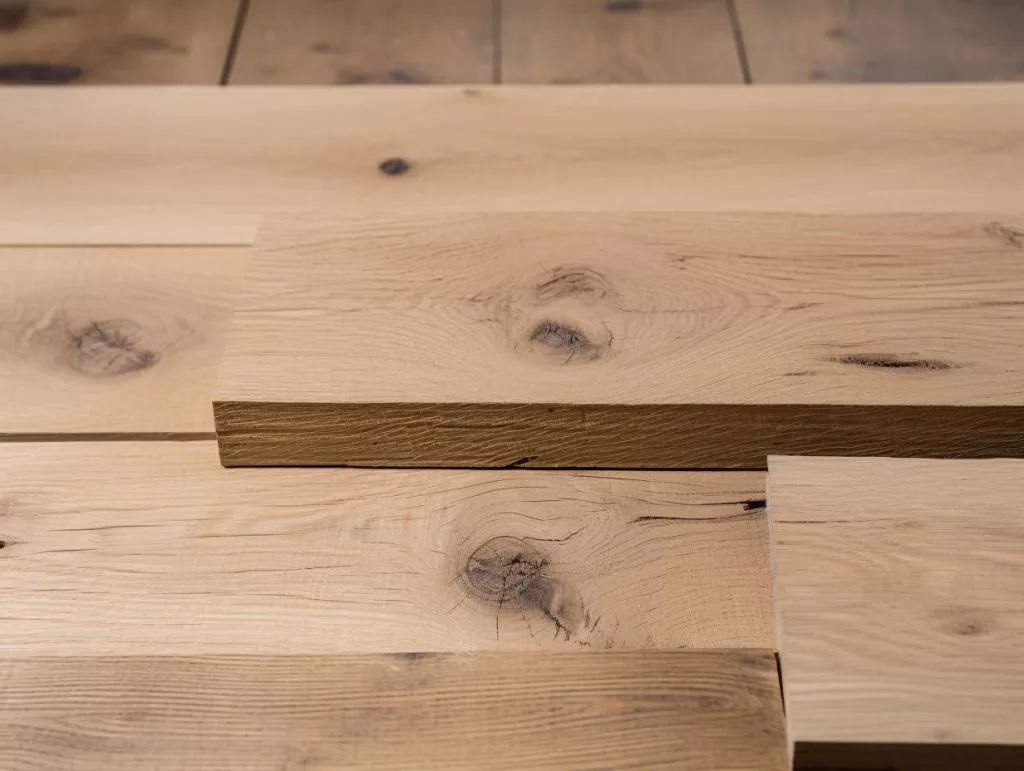

Growth and Propagation
| Aspect | Oak Trees | Rosewood Trees |
|---|---|---|
| Propagation | Through acorns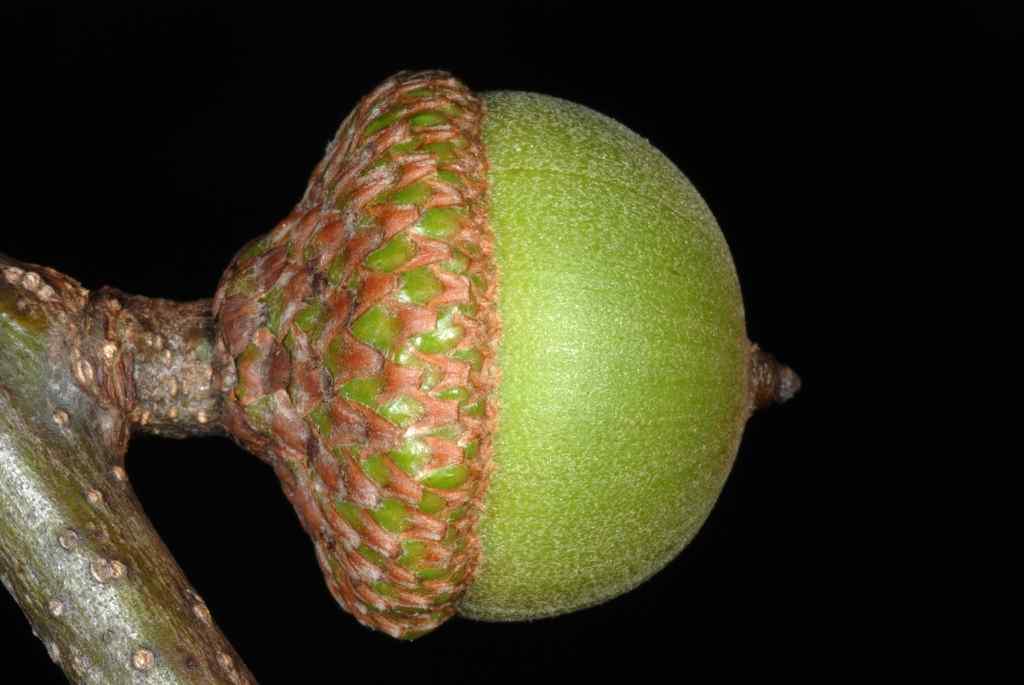 image source: North Carolina State University | From seeds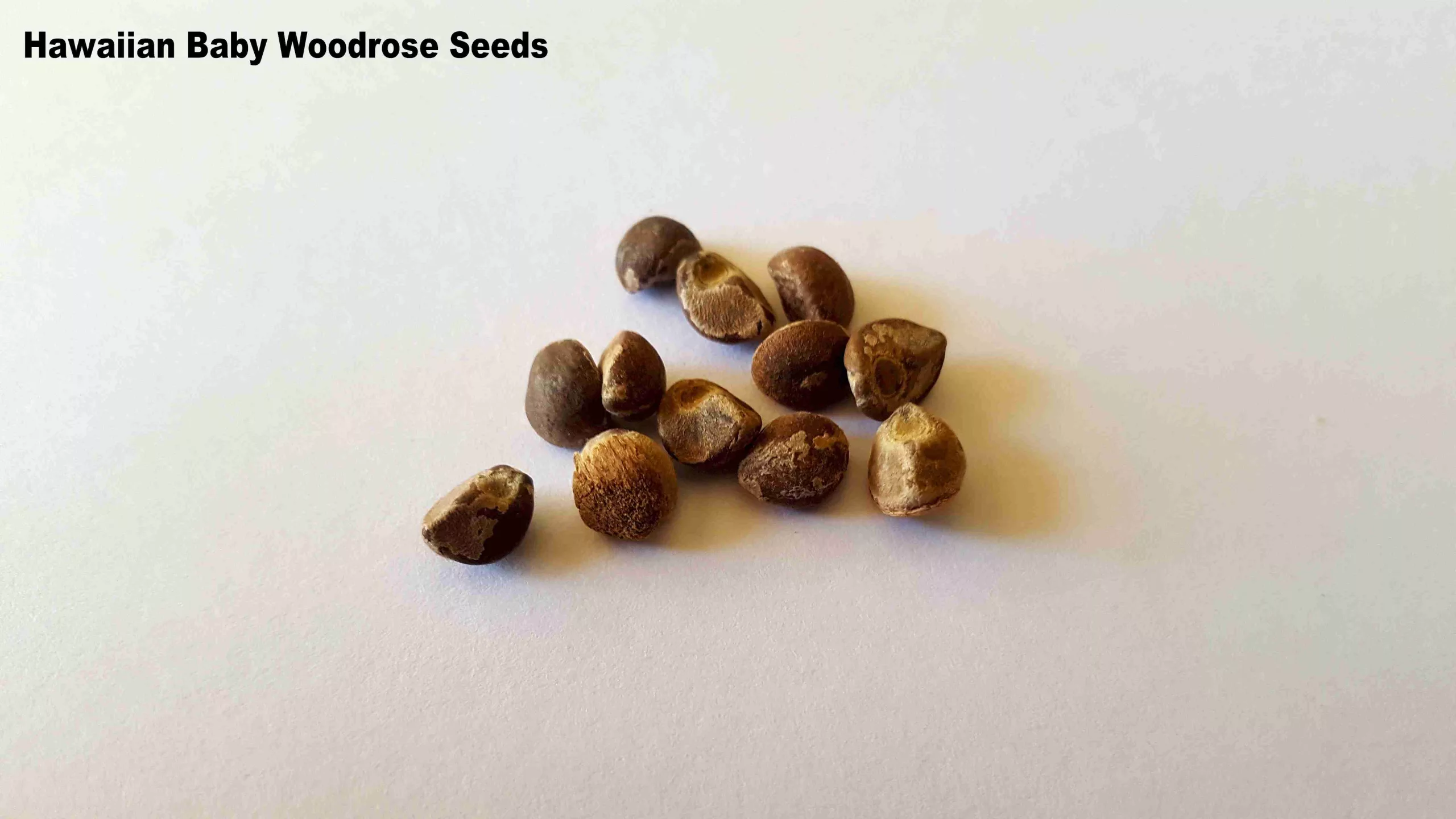 Image source: wikipedia.org |
| Soil Preference | Prefer well-drained soil | Prefer well-drained soils, tropical climates |
| Sunlight Preference | Full sun | Varies, but generally high light conditions |
| Environmental Sensitivity | Sensitive to environmental changes, especially when young | Adapted to rainforest environments |
Habitat and Distribution
| Aspect | Oak Trees | Rosewood Trees |
|---|---|---|
| Habitat | Temperate regions of the Northern Hemisphere | Tropical regions |
| Distribution | North America, Europe, Asia | Central and South America, Africa, Asia |
This choice between oak and rosewood is more than just about their qualities; it’s about the stories and emotions they bring to each creation.
More Reads
Conclusion
In summary, choosing between oak and rosewood is a crucial decision in woodworking, reflecting a balance between durability and elegance. Oak offers timeless strength and versatility, ideal for everyday use, while rosewood brings a touch of luxury and sophistication, perfect for high-end creations. This choice is not just about the material, but about the story and character you want to impart to your work. “Oak Wood vs Rosewood” encapsulates this essential decision, guiding woodworkers in crafting pieces that resonate with their vision and purpose.
FAQs
Is rosewood stronger than oak?
Yes, rosewood is generally harder and more durable than oak.
What wood is better than oak?
“Better” depends on the application. For hardness and luxury appeal, rosewood and teak are often considered superior. For versatility and cost-effectiveness, maple and cherry are great alternatives.
What wood is closest to rosewood?
Mahogany and walnut are close in terms of color and grain pattern, but they don’t match rosewood’s hardness.
How can you tell if wood is rosewood?
Rosewood can be identified by its rich, dark color, distinctive sweet smell, and fine, tight grain. It’s also denser and heavier than many other woods.


